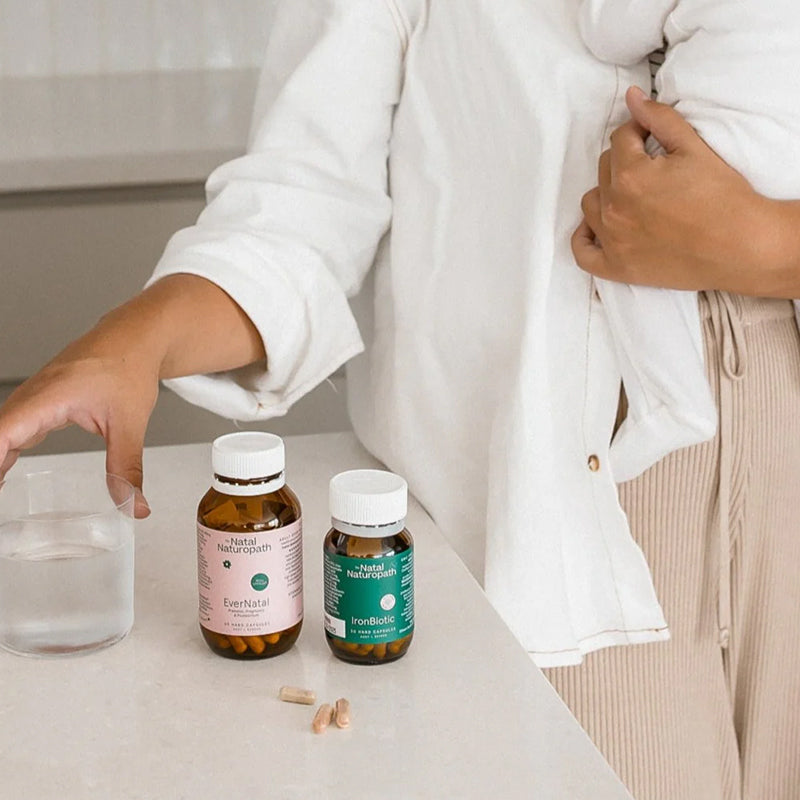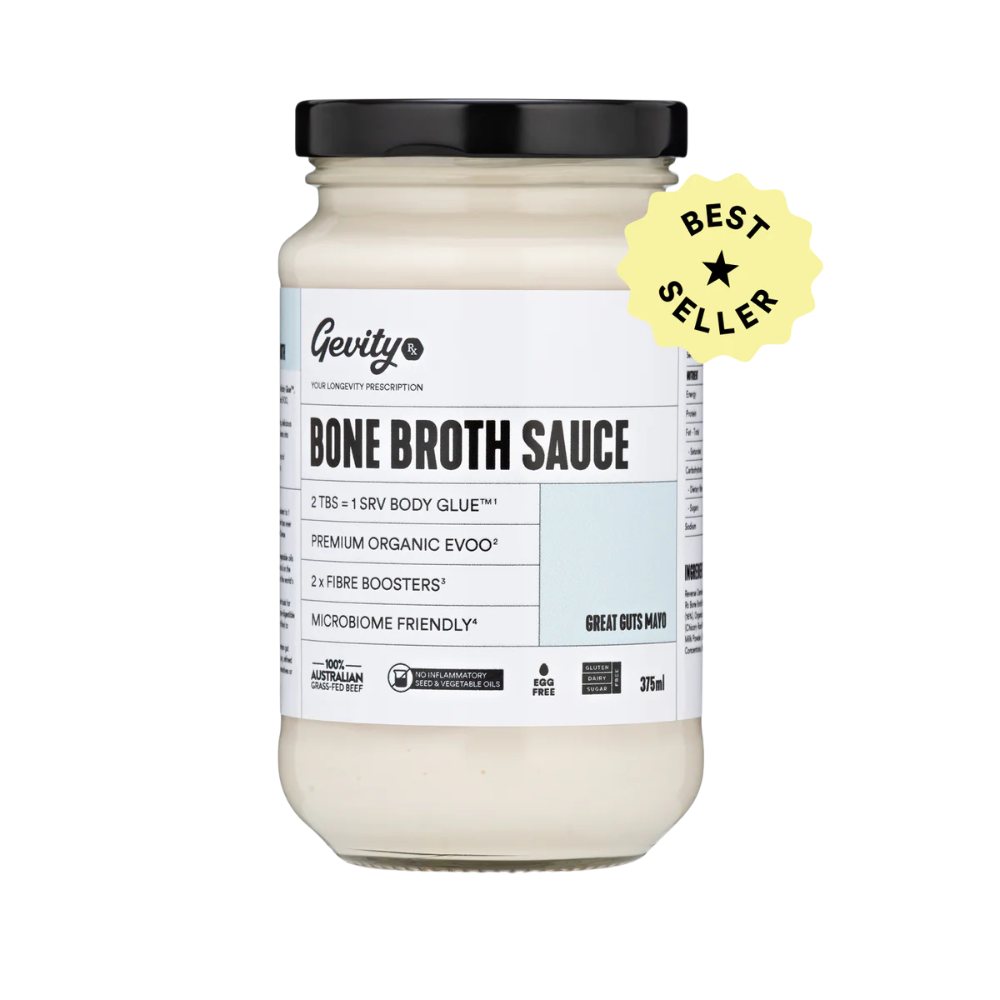If you're curious about fermented foods or simply want a natural way to support your digestion, sauerkraut is a great place to start! This humble, tangy staple is packed with beneficial bacteria that can nourish your gut, increase nutrient absorption, and bring your meals to life with flavour and crunch
In this blog, we’ll share a straightforward, step-by-step sauerkraut recipe you can make at home - no fancy equipment or experience required!
We’ll also touch on why incorporating fermented foods into your daily routine is such a simple and powerful way to support your wellbeing.
Why Fermented Foods Matter
Fermentation is one of the oldest methods of food preservation, but it’s also a brilliant example of food transformation. During the fermentation process, beneficial bacteria (often lactic acid bacteria such as Lactobacillus) break down the natural sugars in vegetables. This effectively ‘pre-digests’ the food, making the nutrients more bioavailable… AKA your body can absorb more of the vitamins and minerals within it - yes please!
Here’s why adding ferments like sauerkraut to your plate can make a difference:
• Supports gut health with live probiotics
• Enhances digestion and nutrient absorption
• Preserves seasonal produce naturally
• Complements meals by aiding digestion of other foods
Even just a forkful of fermented vegetables each day can have lasting benefits. And when you make your own, you know exactly what’s going into your food - no additives, no pasteurisation, just real ingredients and natural processes.
How to Make Your Own Sauerkraut
Now the fun part! This simple recipe uses just a few ingredients and relies on the naturally occurring microbes found on cabbage leaves. You don’t need to buy a starter culture as nature has already provided everything you need.
Ingredients
-
1 head of cabbage (any variety)
-
3 - 4 tablespoons fine Himalayan salt
-
Optional: juniper berries, black peppercorns, fennel seeds, or other spices, as you please
-
1 large glass jar with a rubber-sealed, clip-top lid (or a proper fermentation jar)
Method
-
Prepare the cabbage
Slice the cabbage into thin strips or rough pieces, according to your preference, and place in a large mixing bowl. -
Massage with salt
Sprinkle the salt over the cabbage and begin massaging it thoroughly with clean hands. After a few minutes, the cabbage should begin releasing liquid. Continue until the cabbage feels soft and wilted.
Tip: If it still feels firm, add a little more salt and keep going!
-
Add your spices
Once the cabbage is soft and juicy, mix in any spices you fancy. Juniper berries add a traditional flavour, or try experimenting with black peppercorns, fennel seeds, or even a touch of spirulina powder for something a bit different. -
Pack into your jar
Firmly pack the cabbage into your jar, pressing it down to eliminate any air pockets. Leave approximately 5cm of space at the top. The cabbage should be submerged in its own brine as this creates the anaerobic environment that good bacteria need to thrive. -
Ferment at room temperature
Seal the jar and leave it in a cool, dark place out of direct sunlight. Check it daily to ensure the cabbage remains submerged. After 5 to 7 days (or longer, depending on your taste preference), move the jar to the fridge to slow the fermentation.
Fermentation Tips for Success
-
Wash your hands before you begin. A quick rinse with vinegar can help reduce unwanted microbes before massaging the cabbage.
-
Taste as you go. If the cabbage still feels firm or bland, add more salt (you can taste it to check if it needs more).
-
Keep it submerged. The cabbage must stay under the brine to ferment safely. Press it down well and check daily.
-
Top up if needed. If the brine level drops, add a bit of filtered or dechlorinated water to ensure full coverage.
A Daily Ritual for Digestive Wellness
Sauerkraut is an easy, everyday way to support gut health. A spoonful alongside meals can complement digestion and add a satisfying tang. It works well with roasted vegetables, grain bowls, eggs, or whatever you’re already eating!
Fermenting your own at home is straightforward and low-cost. With just cabbage, salt, and a bit of patience, you can make something that’s good for your gut and simple to keep on hand.
Ready to give it a try?
Let us know how your first batch of sauerkraut turns out, or tag us on Instagram @NourishingApothecary. We'd love to see your ferments!








